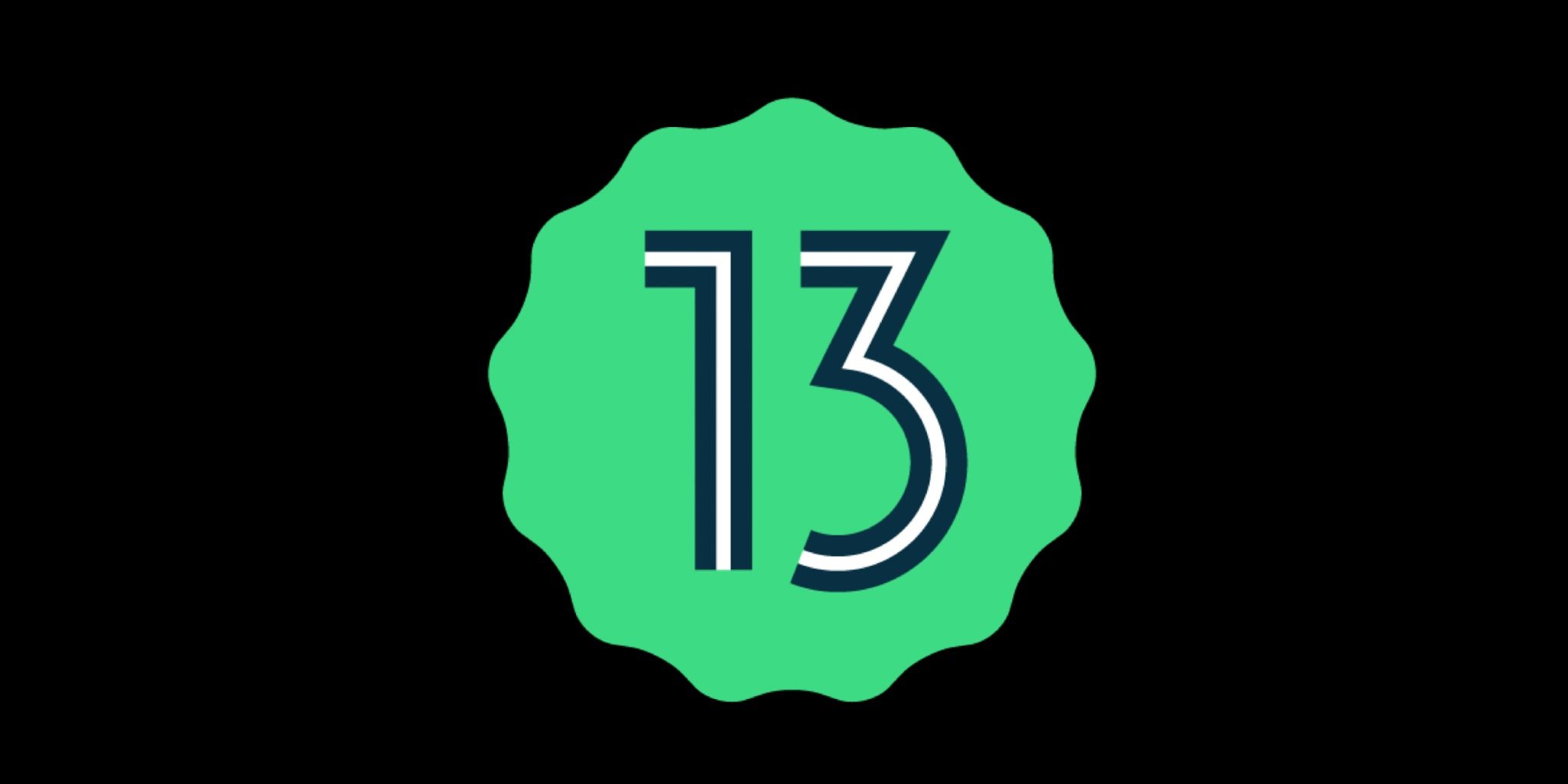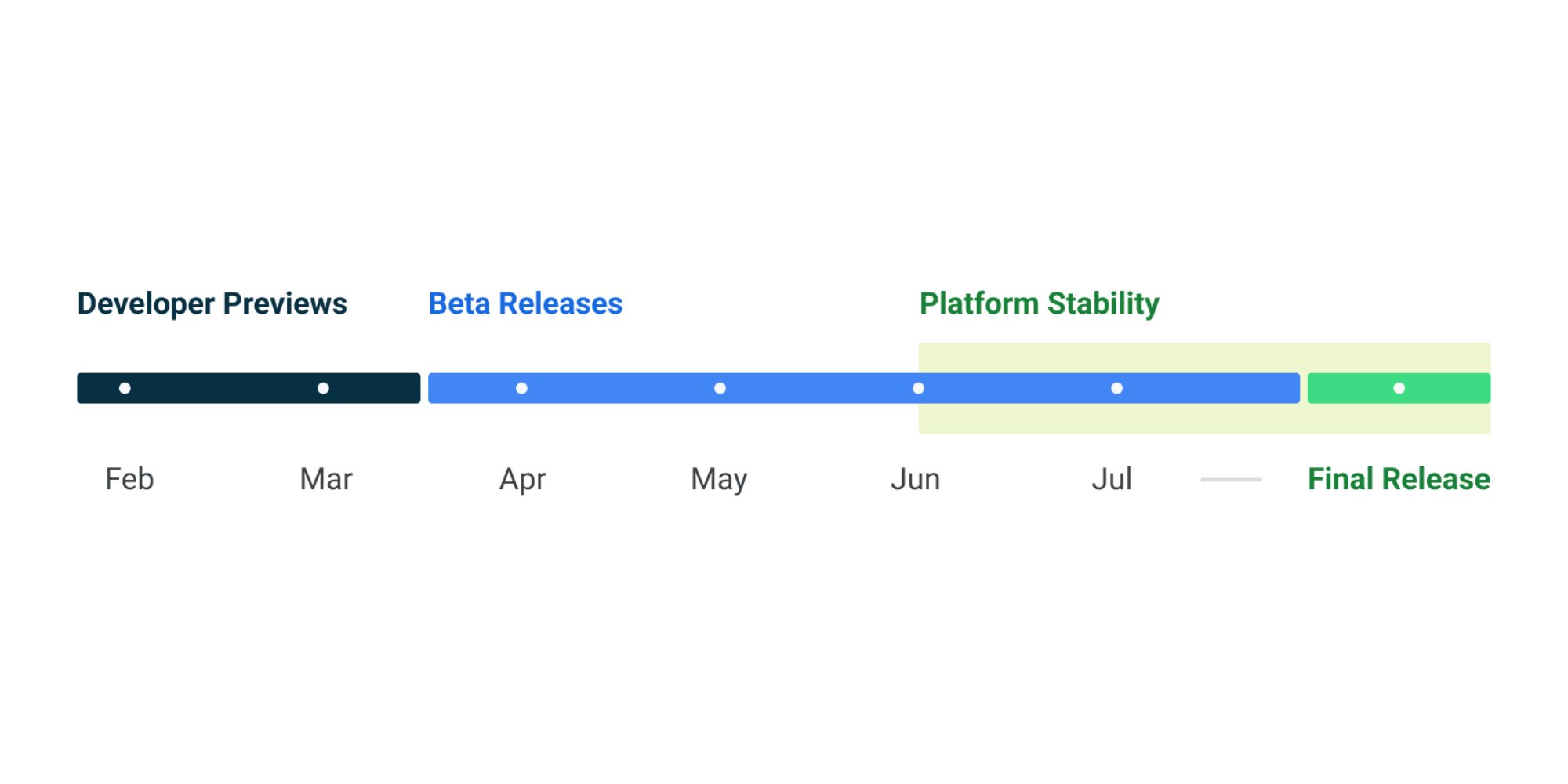Is downloading the Android 13 developer beta worth the risks to gain early access to features? The next version of Android is on its way, but heading to developers first with a pre-release version of the latest software. The new Android 13 update, is expected to expand on the sweeping design changes that Google introduced with the current version. While it probably won't change the user experience as much as Android 12, it will make much needed refinements that will improve day-to-day usage. Although the software has already been announced, it probably won't be available for official release until Fall 2022.
In terms of the normal schedule for software releases, development usually encompasses four stages which incorporate the public's involvement to varying degrees. It starts with in-house software development. In this case, Google creates the bulk of the software without input from developers or users. A developer beta is then released, so developers can see how they'll need to update their apps to work best with the new software. This stage is also where developers can let Google know about key bugs and flaws in the software. Next, a public beta is released — primarily for the Pixel line of phones — where the average user can test out the pre-release software. Finally, usually in the fall, a stable release is officially available for download.
When Google announced the first Developer Preview, the company made it clear that it is not intended for consumer use. In fact, Google is making the software available only by manual download, which involves flashing a compatible device with the software. For most users, that will be outside of their comfort zone. The process is complicated, and has significant risks to user data if done incorrectly. After the software is manually downloaded for the first release, each subsequent update will be automatically authorized with an over-the-air download.
The Risks Of An Android Developer Preview
It might be tempting to experience the updated Material You before it's officially released, but there are significant risks to early adoption. The developer previews, which are expected to last two months, are the most unstable points in the release of new software. These pre-releases are not intended to be used on everyday devices due to the risk of corruption and data loss. In some cases, downloading a developer preview for consumer purposes can void warranty in the event of software or hardware failure. Moreover, it's impossible to unenroll in the developer previews without completely erasing the phone. If a user relies on their phone for everyday use, it'd best to wait until deeper into the release cycle when the software is stable.
All this is to say, if there's even a glimmer of data that a user can't risk losing, the answer is simple: wait. With that said, if there's an older (but compatible) Android phone sitting in a drawer somewhere, it might be worth the hassle to experience the latest software. Even in that niche use case, it's still best to wait for a public beta, which is designed specifically for that purpose. Google — and all software creators — freely admit the risks of an unstable software release. It usually isn't worth losing critical data and meaningful photos or videos just to give a test run to new Android software.
Source: Google


